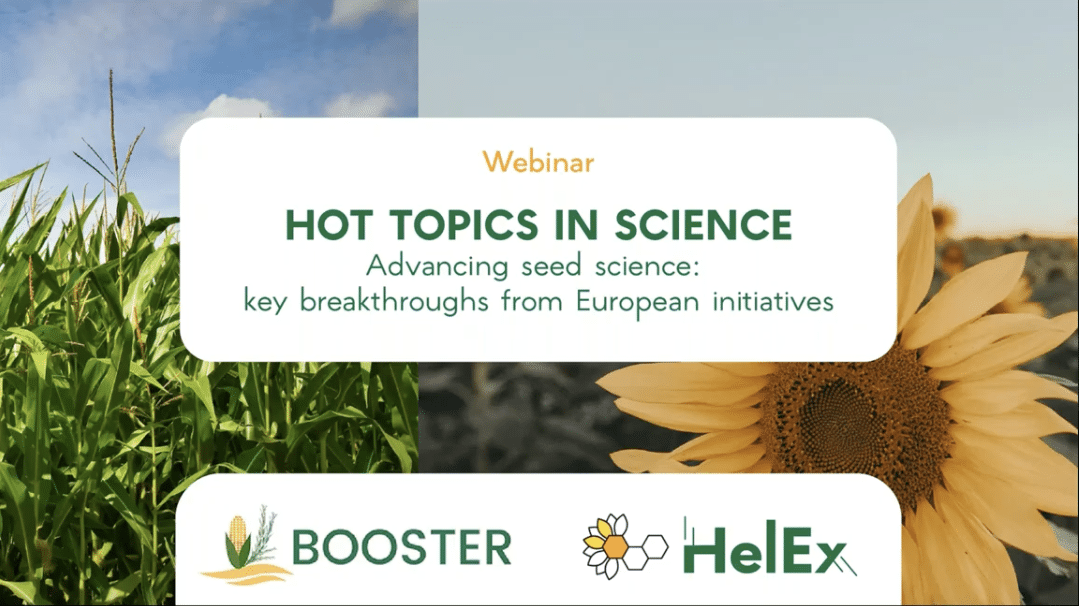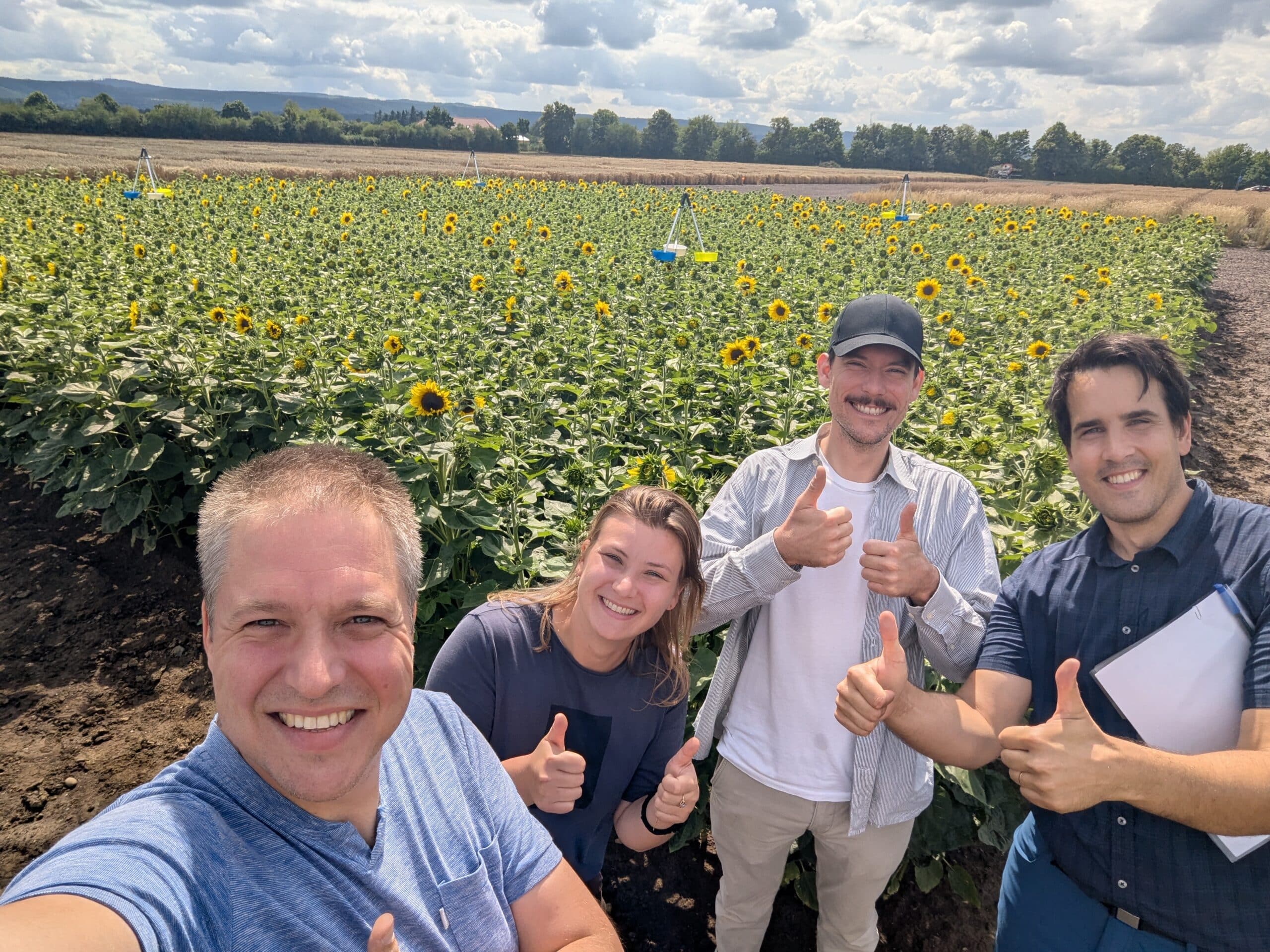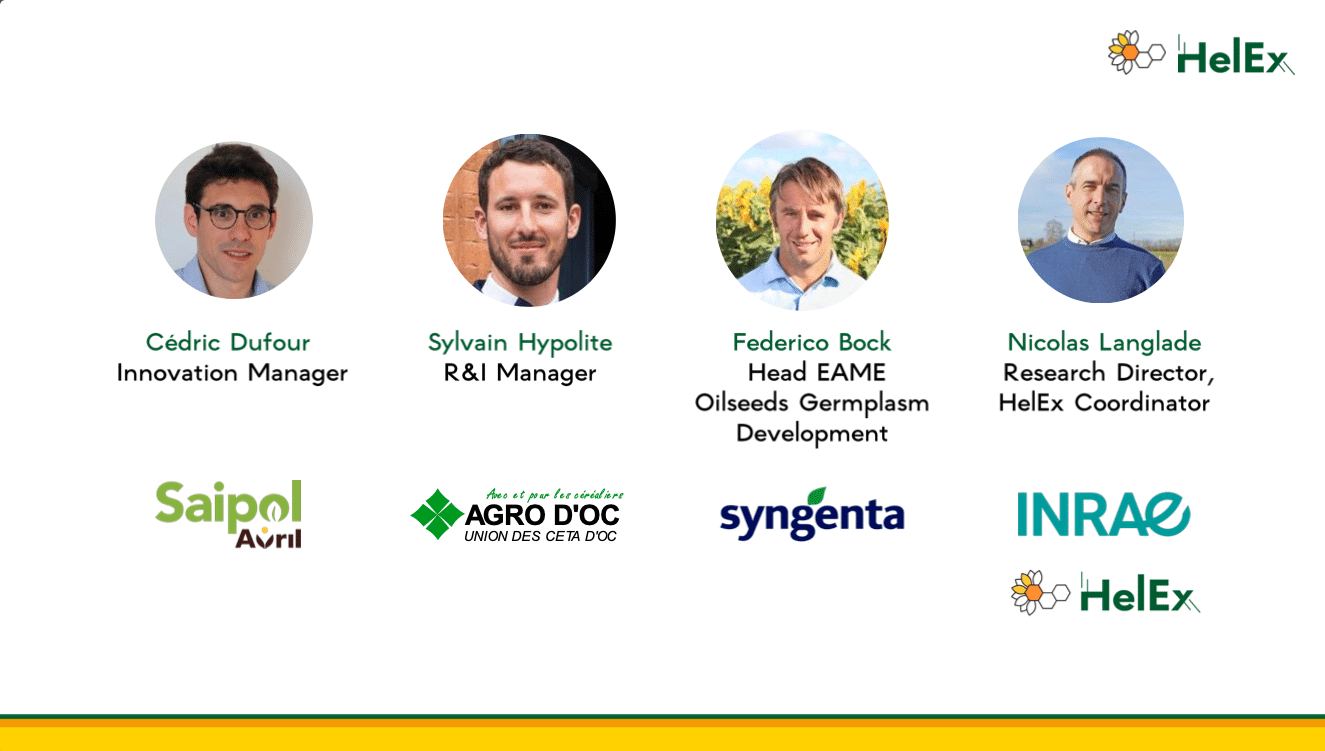🌻 Introduction: why sunflowers matter for pollinators
Sunflowers (Helianthus annuus) are more than a major oilseed crop in Europe they play a vital role in supporting pollinator populations during the late summer when alternative floral resources are scarce. Their mass flowering offers bees and other insects an abundant supply of nectar and pollen in otherwise resource-depleted landscapes.
However, concerns persist about the nutritional value of sunflower floral resources. A recent peer-reviewed study published in Frontiers in Plant Science (2025) addresses this issue in depth, offering new insights into the role sunflowers may play in promoting pollinator health.
Key findings of the scientific paper
The article, titled “A guide to sunflowers: floral resource nutrition for bee health and key pollination syndromes”, presents a comprehensive review of the floral traits of cultivated sunflowers and their implications for bee health and biodiversity. Below are the major findings:
1. Pollen: Poor in protein but possibly medicinal
Sunflower pollen is generally low in crude protein (7.3–19.4 g/100 g) and lacks several essential amino acids such as isoleucine, methionine, and tryptophan. Despite this, it has shown parasite-reducing properties, particularly against Crithidia bombi, a common gut parasite in bumble bees.
2. Nectar: Highly variable composition
Sunflower nectar exhibits substantial variation in total sugar concentration (ranging from 0.4% to 37.5%) and sugar composition (fructose, glucose, and sucrose). This variability is influenced by genotype, environmental conditions, and pollination status.
3. Pollination syndromes and bee foraging
The study explores the complex interactions between sunflower traits and bee behavior, suggesting that floral diversity within sunflower fields could be enhanced through breeding strategies to better meet pollinator needs.
Overall, the paper highlights that while sunflowers may be a suboptimal stand-alone food source, they can still play a complementary and strategic role in the diets of bees, particularly during resource bottlenecks.
Scientific implications: a new direction for breeding
This publication aligns with the objectives of the HelEx project (Horizon Europe), which aims to develop climate-resilient sunflower varieties that also contribute to ecosystem services such as pollination. By tapping into the genetic diversity of wild Helianthus species, researchers are now identifying:
- Genotypes with higher nectar yield and better pollen quality
- Traits linked to pollinator attractiveness
- Interactions between floral resource traits and environmental stress tolerance
The goal is to produce “climate-smart sunflowers” that support both agricultural productivity and biodiversity.
Towards sustainable agroecosystems
The study encourages a shift in how sunflower-based systems are managed:
- Diversifying floral traits to meet pollinator nutritional needs
- Improving breeding strategies to enhance mutual benefits for crops and pollinators
- Incorporating pollinator health metrics into sunflower variety assessment
Such integrated approaches are essential as agriculture seeks to become more resilient and nature-positive in the face of climate change and biodiversity loss.
The publication :


